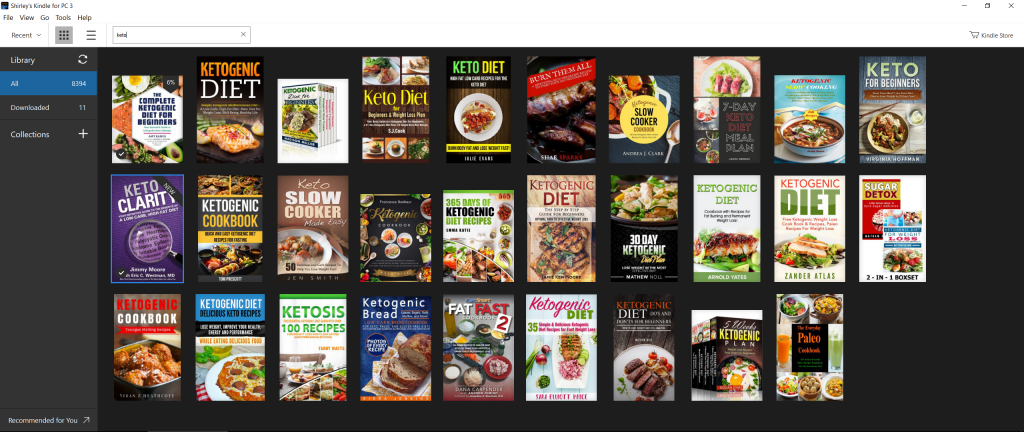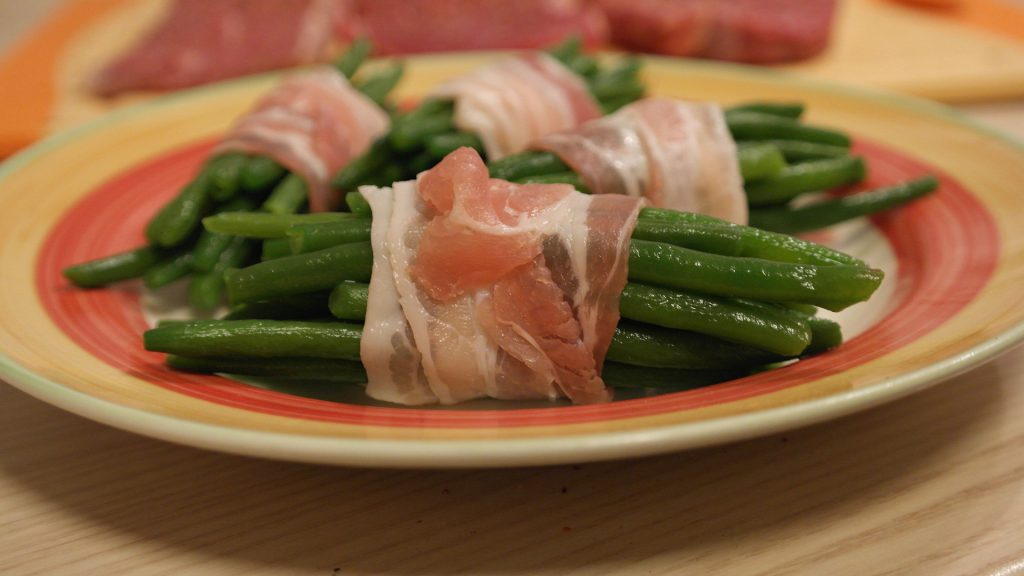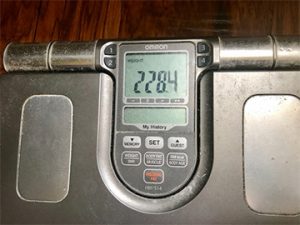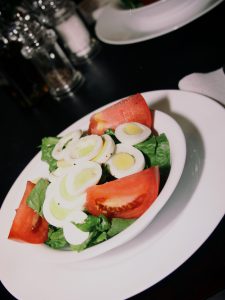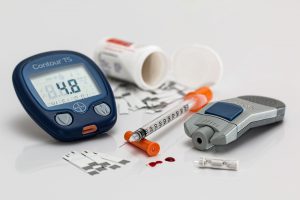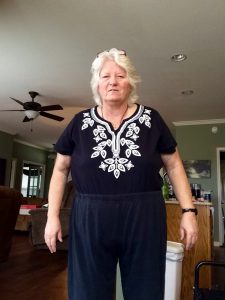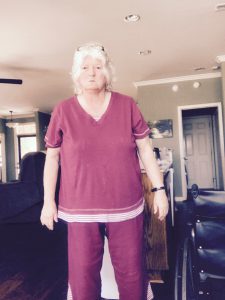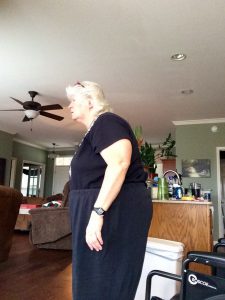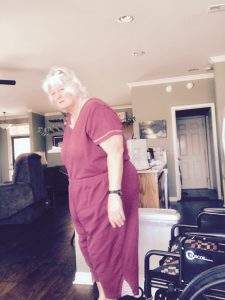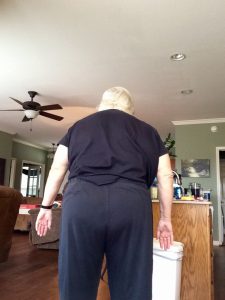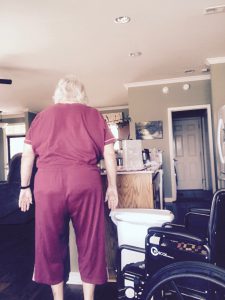Maybe You are Like Me
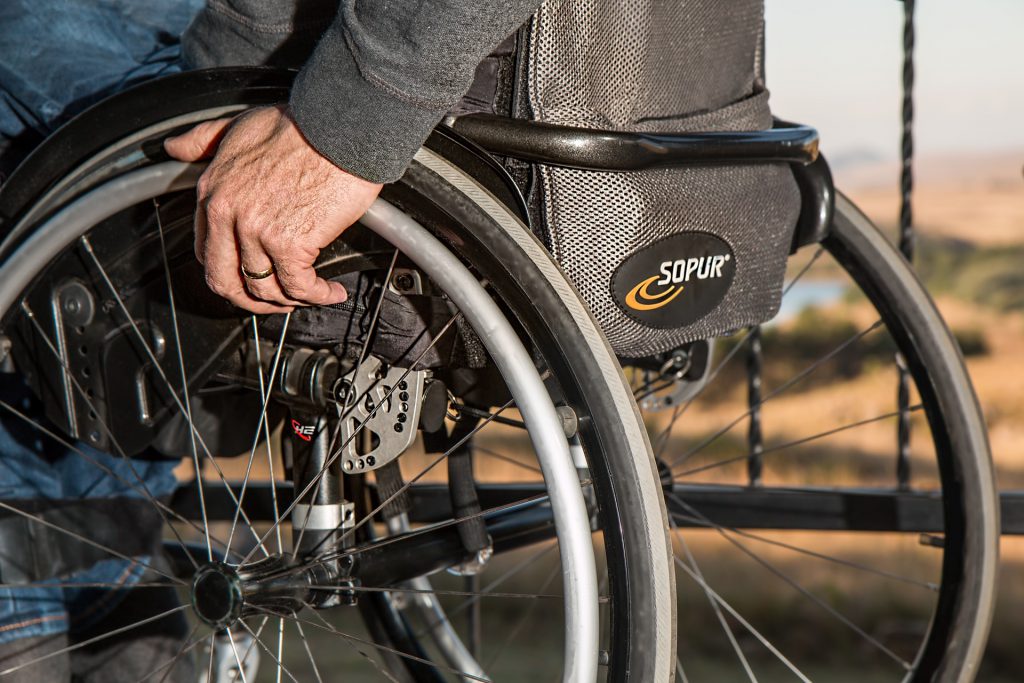
I’m 63 years old, I’m in a wheelchair most of the day. I have Type II diabetes, fibromyalgia, a blood condition (essential thrombocythaemia) and I’m very overweight. I have degenerative discs in my back and have lost 2 inches of height and my left hip is deteriorating fast. I also live in chronic pain and disability.
I am retired and these are supposed to be my “golden years”. But they are not so “golden” after all. I spend most of my day in pain ranging from mild to severe.
5:30 am. I’ve been back and forth from my bed to my massage recliner in the living room more times than I can count. There is just no position that is comfortable enough to allow me to go to sleep. My bed has 5 pillows on it that I use to stuff around my body to try to get comfy but they don’t work much. I’m fat and it is difficult for me to move about in my bed anyway. Rolling over is a chore and getting up and into my wheelchair is painful. My left hip freezes up and every movement causes a sharp pain. I suck it in so I can sit up by the bedside and transfer to my wheelchair to move to my recliner and try it again. Actually, I use my transport chair in the house because the wheelchair doesn’t fit into my bathroom doors and tears up the walls and doors. The transport chair is smaller and fits, but I have to move it forward by shuffling my feet. Getting over the door sills is hard because I have to push fast and hard to pop over them and if I aim wrong, I still hit the door frame and sometimes cabinets hard and gouge into them.
Once I move into the living room and get close to my recliner, I dread the transfer because it brings on more pain as I stand and turn to sit in the recliner. Once there I can use the remote to lean back and start the massage. That feels nice and I can turn on the heat too. For a while, it feels good, but then I get too hot. I throw off my small lap blanket and get back in the transport chair to go turn the overhead fan on. Again, the move is painful, but I get settled back into the recliner and am a little more comfortable. I may fall asleep for a few minutes.
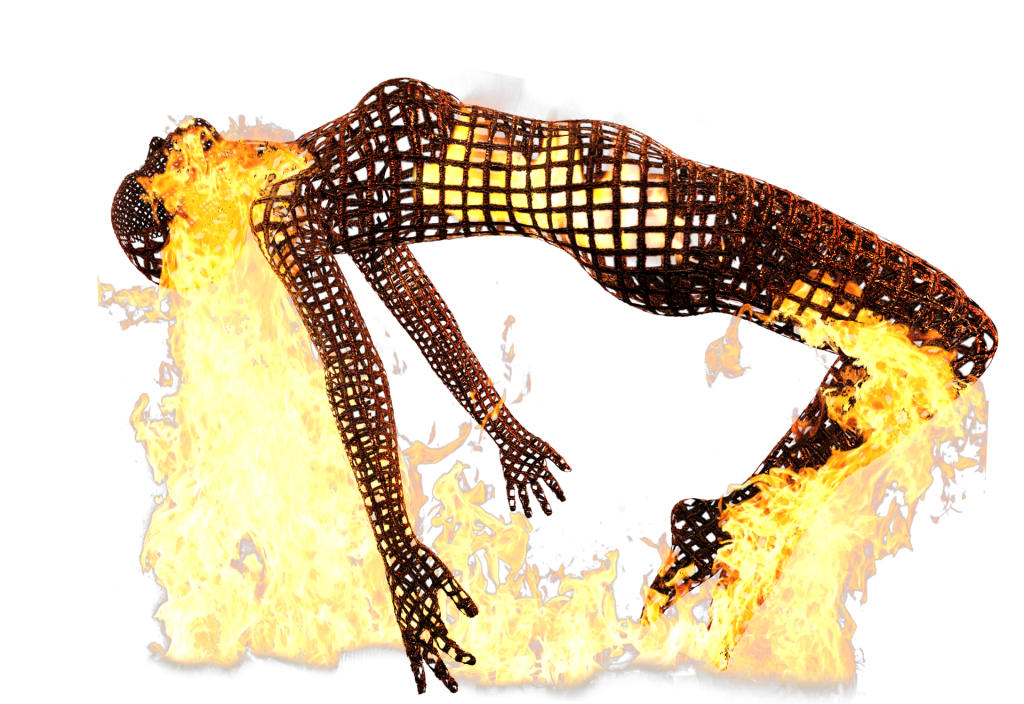
6:30 am. By now, my body is fixed in the somewhat sit/recline position and my left hip is beginning to lock up again. I move around – throw that leg over the arm and try to stretch those hip muscles. It really hurts a lot – a sharp pain, very sharp pain, as I start to stretch that hip. But I know I need to keep stretching it. I try several different moves, holding the leg out straight – or as straight as I can, flexing my buttocks, the pain moves down into the front of my knee. I rub that knee but it doesn’t help. I stuff my lap blanket under that hip to give support, at first that helps but then it begins to ache more and more. Now I’ve got to get up out of the recliner – which again causes pain during the transfer to the chair. I gingerly move the chair over to the kitchen table and drink some of the coffee my great husband has fixed for me. I need to check my blood glucose level (BGL) and take my morning pills. Hopefully, the Tramadol and the Cymbalta and 2 extra strength Tylenol will cut the pain in a little while. My left leg has pain running down it to the knee and I can’t lift it without a sharp pain deep in the hip. I prop my legs on the shelf under the table and start stretching that leg very slowly. I hurt but gradually that sharp pain goes away. I push my chair back from the table and stand up to stretch the buttock muscles and ligaments and while it hurts, it feels good too. I stand for a minute and my leg feels better. I can now sit and take my meds.
Afterwards, I go back to the bedroom and lay down on the bed flat (as I can get, on my back with my legs out as straight as I can – maybe with a pillow under my knees. I flex both legs and try to straighten them out more each time. I do this through the pain in my hips and at last, I feel I can turn on my side with a pillow between my knees and relax for awhile. Maybe I sleep a few more minutes. I’m on my left side and it works for a while. But eventually, the hip begins to ache from my body weight on that side and I turn over. The first movement makes me what to cry out – it hurts, but I keep going and after a few attempts I swing over to lay on my right hip. Darn, the pillow between my knees falls to the floor. I grab another of the 5 bed pillows and stuff it between my knees. Now I try to relax laying on my right side. This side is not as comfy as my left side was at first. and I’m so close to the edge of the bed I feel like I may fall off. I can’t relax. 10 minutes later, I decide to go back into the living room and get in the recliner again.
This is my routine much of the day and all of the night. I average only 1-2.5 hours sleep each night. I never feel rested in the morning and I’m tired all day long.
My Day
About 9:30 I decide to get into my step-in tub. I love this tub, my only issue is it takes lots of hot water and our tank doesn’t quite handle it. If Mel has showered recently or the dishwasher or clothes washer has run, my water will turn cold before the highest jets are covered. Most of the time I have to turn the jets on at the lower level and just use them. I stay in as long as I can and my hips begin to feel looser and the pain lessens. It takes a while to drain and it is chilly waiting on the water to all drain out. I get out and get dressed, although most days I just put on a loose gown to wear around the house.
I try to do some housework like folding clothes, unloading or loading the dishwasher, wiping the counters and running the dust mop over the floors. Thankfully they are all hardwood or tile. We replaced all the carpet so my wheelchair would move easier around the house. We also purchased a Roomba auto vacuum. I love my Rosie vacuum cleaner and she cleans our floors every other day. I gather up the folded clothes and deposit them in bedrooms and towels into the linen closets. I unload the dishwasher and put the items on the cleaned counters. Mel puts them on the shelves since its so hard for me to stand and reach the shelves without dropping dishes and breaking them. I cook but Mel helps with lifting heavy pots and pans and getting things in and out of the oven and pouring out hot grease. I also get him to do the heavy cutting, as I’m not too great handling knives. I dust furniture but Mel has to do the tops of things that are higher than I can reach. I also use the swifter to damp mop our floors but I must admit I often hurt after doing that. I can strip our bed and wash the bedding but Mel has to put it back on.
Speaking of dropping things, I HATE to drop things, then I have to bend over and try to pick them up. This is very painful to reach down so far and my hands have become less nimble because of the neuropathy from Diabetes. I can’t pick up small items like I used to. I dread seeing something on the floor that needs to be picked up.
My laundry is a hallway with the washer and dryer on one side and my pantry cabinet on the other. I roll my chair into the closet one way to move clothes from the dryer and clean out the lint filter. I have to back out and roll in backward to load the dirty clothes into the washer and move then into the dryer. Sometimes I drop clothes as I move them, especially socks and I dread picking those up.
I carry the clean and dry clothing in a basket to the living room and fold them on the couch. Then, I take the empty basket back into the laundry hallway to put on top of the dryer. Carrying things can be somewhat difficult. My big, loose gowns come in handy as I form a pouch and put things in and close the pouch with my teeth and roll around with my “bag”. In my walker, it is even more difficult to carry things around.
After I finish these daily chores, I either go to my PC and work on my blogging or my digital art or one of my online classes I take. I do tend to sit there too long and when my hip begins to hurt again, I start my recliner to bed ritual again. I read books, either from the library – hardbacks or on my large screen iPhone and the Kindle app. I read a lot, I can read two or more books a day.
After I finish these daily chores, I either go to my PC and work on my blogging or my digital art or one of my online classes I take. I do tend to sit there too long and when my hip begins to hurt again, I start my recliner to bed ritual again. I read books, either from the library – hardbacks or on my large screen iPhone and the Kindle app. I read a lot, I can read two or more books a day.
Right now I have two chiropractic appts each week and 2 physical therapy appointments each week and I try to go the indoor pool 3-4 times each week at least.
Leaving the house requires me to get fully dressed and I use my cane to move from my transport chair inside my house to the car. Depending on my much pain I’m in, this is more or less difficult. I can usually drive with no problem unless my left hip is really hurting. It’s nice to be able to still drive and go places. When I get to the chiro or PT places, I had been getting my wheelchair out of the trunk (not easy because it is awkward moving it from the trunk and opening it from the folded position and it is not very light. It is harder getting it back into the trunk after my appointments or my swims.
The chiropractic adjustments do not hurt. The worst thing is getting up onto the table tummy down and then getting off the table and putting my wheelchair back in the trunk of the car.
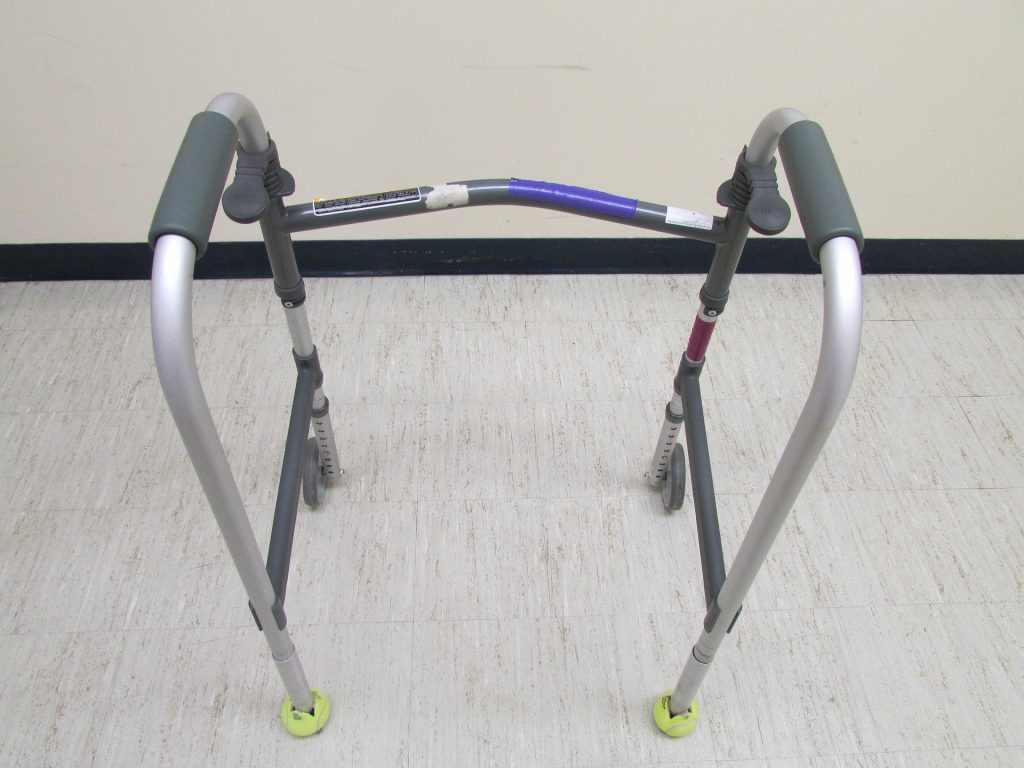
Now the PT appointments are another matter. I like the Technicians that work with me, they are very nice, but they do push me (they are supposed to do that). Most of the exercises hurt, but I try as hard as I can and I sweat a lot from the effort. They starting working on straightening me out and stretching the hip and thigh muscles that had shortened from my 3 years in a wheelchair. At this point, we are working on my standing and balance and moving my legs and feet and walking. This is proving difficult and I usually am breathing very heavy very quickly during the exercises. They want me to begin using my walker more and coming to my appointments in it. Oh boy! After the first appointment where we did a lot of standing and walking, I hurt so much that I couldn’t get up on my feet or even go to the pool for two days straight and got no sleep at all for two nights. I believe this is my fibromyalgia acting up when I overdo. I’ve experienced this before when I felt good and did too much. I’m trying to not overdo like that again.
At my next PT appointment, I told the technician and she cut back some of the work and I didn’t have as bad a reaction that night.
Mel and I have purchased me a lighter walker that is easier to fold/unfold and it stays in the car now to make it easier for me to take to my appointments. I’m starting, very slowly to use the walker more, but I’m still in the wheelchair or transport chair a lot.
Each time I go to the indoor swimming pool, I use my wheelchair to get inside and back out – there is just too many steps and I have to carry my swim bag also. I change in the locker room and roll out to just beside the steps into the water. I can hold onto the bars and make it into the pool. Once in the pool, I feel so much freedom, it is WONDERFUL! I no longer feel the weight on my spine, hips and left knee. I can water walk and exercise with the noodle mostly without pain. I always do 10 laps on my back and 100 squats at the 3-foot level, then I walk back and forth across the pool many times and do pushups on the steps and some water aerobics. I try to really stretch all my muscles in my legs and arms. I recently participated in my first “water aerobics class” in months and I made it through without having to stop. I’m trying to increase my squats in the water to help strengthen my legs so I can walk better out of the water. But after about 1 hour and 15 minutes, I get out and go to the hot tub to soak and stretch for 15 minutes. But all good things come to an end and I finally must get out, shower, get dressed and go home. It hurts to lift the wheelchair into the trunk of the car. When I get home I use my cane to go from the car to the house and my transport chair again and that hurts once more. But hey, I felt so very free for about an hour and a half.
I’m usually tired and can take a short nap when I get home from the pool. Later I’ll read or go work on my pc again until I cook dinner. Mel and I eat and then we like to watch Netflix movies. Right now we are watching all 8 seasons of “Dexter” one episode after another – about 5 episodes each night. I try to do exercises in my recliner while watching TV. I have ankle weights and an exercise band now to use and some light hand weights. Mel goes to bed at 10 pm every night on the dot and falls to sleep instantly. I stay up and begin my recliner to bed ritual, over and over. I talk to God and Jesus evry night and when the pain is really bad I post on Facebook for my friends to pray for me. This does help. Sometimes I practice walking with my walker or standing at the back of a chair and getting up and down and stretching my legs and hips. I’m hoping to eventually regain enough strength and enough pain relief from the chiro and PT that I can use the walker a lot and even outside my house. Right now it’s slow going because the pain is mostly always with me and overdoing causes regular relapses. But maybe if I keep it up along with my diet, I will eventually reach my goal of getting out of this wheelchair and walking again on my own.
I must confess, I often watch other people, as they get up and walk about and bend and pick up and carry things with great envy. I remember that I once could do that myself and I pray that I’ll be able to do it again one day.
Nothing is easy right now. Mel and I went to the Library Wine Pull social last evening and it was held outside. My wheelchair did not do well over the rough ground, so Mel and I didn’t stay very long.
Hope
But each day is new and I’m hoping one day they will become much easier if I keep working at it. Meanwhile, I grin and bear it like many others who live in chronic pain and if you ask me how I’m doing, like them, I will say “fine”.
I’m not looking for sympathy, but I do want to help folks understand more about those who live each day dealing with pain and disability. I enjoy my life for the most part unless the pain is very severe. I enjoy my reading, my painting, my online classes. I have a great husband, a cool monster dog, friends, and I enjoy floating with my kayak buddies. I have a wonderful daughter who is on the mission field and I Facetime with her regularly, I have a sweet step-daughter and 5 wonderful grandkids. I’m hoping to see the girls in California next year and I’m planning a trip to see my daughter’s family in Papua New Guinea in about 3 years – one of the reasons I’m really working on my health starting right now. I talk with my God regularly and lean on Him. I am a “listener” each week for our church’s AWANA club and enjoy the kids.
Comments
Thanks for looking at my site and coming to this page. I would love for you to leave any questions or comments below. In addition, I’m open to new topics to research and comment on as they pertain to my own health and experience living with diabetes. Please share your interests and questions in your comments. I also love to hear others stories about how they handle their own diabetes issues. I send out a monthly newsletter around the 1st of each month. If you would like to receive that email newsletter, you can sign up here.
– Shirley

